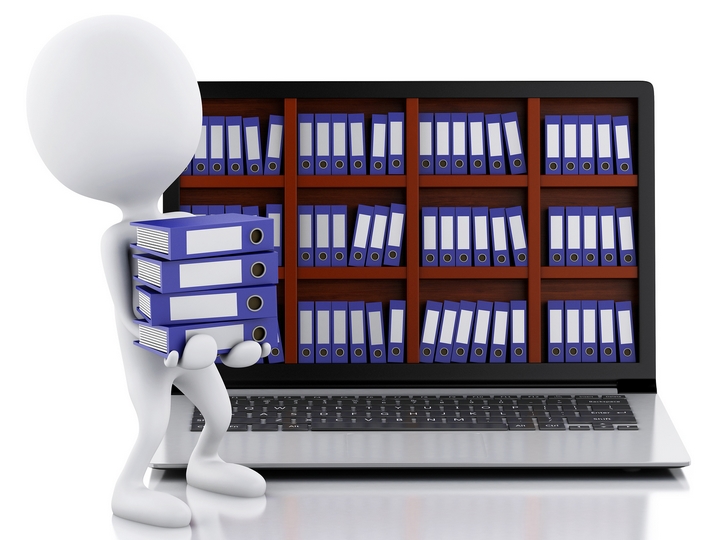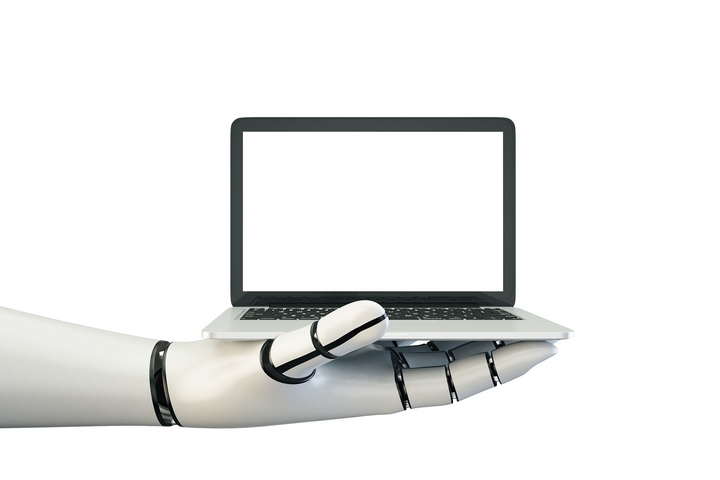Whether you’re a small or large business, sometimes it’s hard to maintain excellent customer service. Some things are out of your control. That said, a Customer Relationship Management tool (CRM) is a highly effective way to boost customer relations, and to make them happy. After all, without returning customers, you don’t have a business. It works by collecting and organizing customer data into an simple yet all-inclusive, error-free system.
Not only will a CRM tool show your customers that you care about the accuracy and consistency of their information, as well as their satisfaction, it will give you the edge over a competitor who lacks a reputable customer service. That said, here are the top five ways a CRM process can make your customers happier than ever while boosting sales and reducing unnecessary costs.
1. Better Organization is Key

The best way to service, and impress, your customers is to make sure that all of their interactions with your business, such as e-mails, phone numbers, receipts, and phone calls, are properly documented, recorded, and implemented in future interactions. People want fast and streamlined interactions with businesses, not wasted time.
CRM ensures that all the customer information is highly organized, making it accurate and easily accessible. CRM has enabled businesses to access far more customers than ever before, and to address their needs and concerns faster and more efficiently.
2. More Efficient Communication for Your Customers

There is nothing more frustrating than when different employees of a business are looking at two different sources of customer data, forcing you to repeat information that you’ve already addressed. Fortunately, this outdated system is on its way out, allowing CRM to take precedence. This new and improved form of customer service has allowed businesses to revert from this antiquated system, which has greatly increased their ratings and reduced customer complaints, and to instead provide a single source of customer data.
Employees now have access to the same information, which ensures a consistent level of service by not letting all employees view customer information, past purchases, preferences, or other pertinent data.
3. Let Automation Handle the Minutiae

The world and the Internet are moving quickly into automation, and the CRM process along with it. This eliminates a myriad of small, mundane tasks, such as filling out forms and sending reports, that allow the sales process to be more streamlined and efficient. This automation will not only ease up your employees’ workload, allowing them to focus their energy on the bigger picture – closing sales and addressing customer needs, and so on – but will ultimately save your company a huge amount of time and money.
4. More Efficiency Across the Board

With all customer information in a single, organized place, this makes the process much easier for not just the customer service representatives, but those in sales and marketing, among others. With each department able to see and access the same information, this allows them to not only communicate with the customer more efficiently, but with each other as well. The CRM process, therefore, allows for the most effective way to reach customer’s needs and to increase the chance of making sales.
5. More Efficient and Detailed Analytics and Reports

A customer’s information, prior to CRM, was likely in a slightly organized system at best, and at worst, in a file folder with dozens of unorganized papers. This not only cost time to access customer information, but it inevitably led to miscommunication and inaccurate information. Since CRM stores all of a customer’s information in one place, it is able to analyze and interpret that information into reports and the like. The possibility of errors is also hugely diminished.

